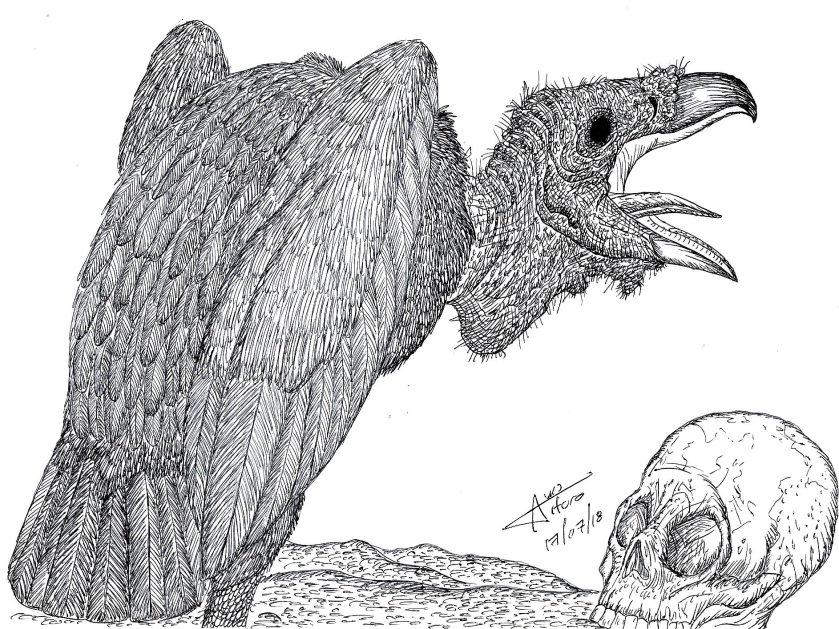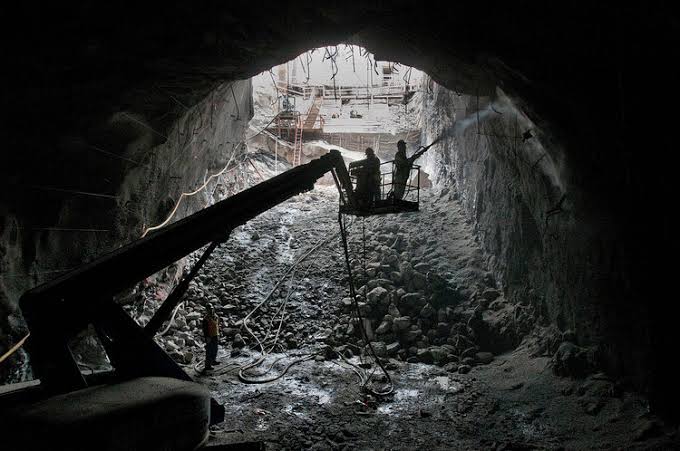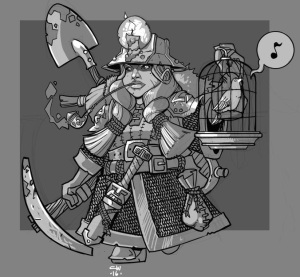Janelle Shane is the best friend of the Mutant Lord (the name of the referee in Mutant Future). In her latetst blog entry, she trained some robots to build quarantine houses, among which, intergallactic and future houses shine!
Let’s say your party is travelling the post-apocalyptic wasteland and suddenly arrive into Stardust Valley, idyllic little ghost town lost in the world of ruin. Only four houses remain, the rest have been devastated by some unknown force. I might or might not revisit this and further develop as a mini-setting or something.

Page numbers are given for Mutant Future, and in one case, for Advanced Labyrinth Lord, to find the information necessary for some concepts. Quick stats are given but it’s better to read the full entries in the books for special rules and full explanations.
Mutant Future uses the next abbreviations:
AC = Armor Class
MV = Base movement in feet per turn (combat movement in feet per round of combat)
HD = Hit Dice
SV = Saving Throw as a player character of a certain level, usually Fighter)
ML = Morale
House 1
Superhuman Intelligence: AC 7, MV 120’/150′ (40’/50′), HD 10, SV level 10, ML 9, see Mutant Future (p. 66) for full stats and damage. A Cephalopoid with Intelligence 22 (+35 to tech rolls, p. 11). Her name is Bibi and her passion are wargames, which she plays with Bernard. Usually, Cephalopoids have a saving throw value of 5 (or 3, but that’s a typo in the book), but in this case, it’s 10, because Bibi is not a stupid monster.
Android: AC 5, MV 120′ (40′), HD 10, see Mutant Future (p. 130) for complete stats and rules. Bernard, the interpreter bot, knows what happened in Stardust Valley and its people, but won’t say unless he thinks whoever asked is willing to help.
Cybernetic Limb: In a wooden chest. It can be attached to a forearm or leg and it can be used as both a melee weapon and a firearm. As melee, it functions like an energy baton (p. 111), and as a firearm, like a machingun (p. 110). It’s a functional limb, but it needs a Power Beltpack or Backpack (p. 117) to operate as weapon as well as limb. Bibi will give it as a reward if someone helps somehow.
Battle Tank: Parked behind the house, a rusty Citroën 15 G Saloon (80 mph) with a Robo-Turret (p. 132) mounted on top. Weapons: 2 machineguns and a grenade launcher (p. 110).
House 2
Hot Tub: It’s actually a natural warm pond. Similar to a regeneration tank, if someone submerges in this tub, will heal as follows. If they have more than 50% of their total hit points, they recover the total; if they have 50% or less, they only recover half of their actual hit points. It can only be used once a day per person.
Sasquatch: AC 6, MV 150′ (50′), HD 4+4, 2 Claws (1d6/1d6), SV Level 8, ML 8. See “Yeti” in Advanced Labyrinth Lord (p. 196) for his complete stats. This monster lives happily here, taking warm showers and playing with his bike. He might be interested in joining the party as a link-boy, but the referee needs to roll low on reaction (p. 45). If you want to, you can use a monster from Mutant Future instead, perhaps a morlock.
Penny Farthing: A simple bike, rusty but resistant (it has been used by the yeti for a while without breaking).
Eggos: AC 9, MV 90′ (30′), HD 1, 1 Bite (1 hp), SV Level 1, ML 7. Eggos are little creatures that resemble eggs with a face, two feet and two arms. Eleven of them live in the attic, where the yeti can’t reach (there’s no ladder or stairs). They eat bugs and fungi and attack when feel threatened.

House 3
Advanced AI: When entering this house, a metallic, synthetic voice greets you, then asks you to leave. It won’t answer any questions, it’s a simple recording. The actual AI, called Zari, can be talked to though a cerebral connection (cerebral jack). It will tell explain that his is the lab of Dr. Frederik Yung and that access is restricted. It can’t defend though, so it’s a simple relic of the past.
Cerebral Jack: On a desk, there is a strange machine with a helmet attached to a cord. If someone puts the helmet, they are “transported” to the cyberspace, where they can chat with the AI.
Cloned Organs: Inside vats and containers, there are dozens organs floating in a yellowish liquid. They are all dead and in descomposition, except one cybernetic eye, which can be attached to one’s empy socket (Bibi can do it), to get a +1 to all rolls that would benefit from a better sight, such as ranged attacks, surprise and trap detection.
Extraterrestrial: AC 5, MV 120′ (40′), HD 9, SV level 9, ML 9. See Mutant Future (p. 63) for full stats and damage explained). In a separate container, there is an alien (Brain Lasher) chained and in stasis. It will awake if the characters mess with the control of the container. It will be hostile but only because it wants to escape, who knows how long it has been there.
House 4
Hoverboard: Basically a floating skateboard wich can move at 240′ per turn (double the speed of a human) but it has only 6 hit points. See Mutant Future (p. 132) for more about vehicles.
Extendable Arm: It’s a mechanical 10-foot-pole with a left hand on one end and a left gauntlet-like mechanism one the other that allows the hand end to move just like the hand operating the gauntlet.
Avocado: Mutant Plant, shaped as avocado. Dead. Someone (or something) really strong seems to have smashed it.
Plasma Rifles: 2 plasma rifles (p. 114) hidden in the cupboard, behind broken cups and glasses.
***
Well, that’s for the Mutant Future houses, but, how about Stars Without Number or Traveller houses? That, my friend, it up to you.

Share!












